WHEAT STRAW
Description
Wheat Straw as Cattle Feed
Wheat straw is made up of 40% cellulose, 40% hemicellulose, and 15% lignin. Cellulose is the stuff that ruminants can digest and break down into usable sugars for energy. Lignin is the stuff that holds it all together. Straw sits between hay and wood on the lignin scale, making it less palatable than expensive alfalfa hay but still usable. Plain straw can be fed to cattle as a filler in the winter to help keep animals warm as their guts work to digest the woody substance. Some cattle producers take it a step further and put the straw through a process called ammonization before feeding it. Ammonization is the process in which straw is exposed to anhydrous ammonia to increase its nutritional value and digestibility. Then, that straw can be integrated into a feed ration for cattle that can be cost-effective and beneficial to the animal.
Wheat Straw as a Heat Source
Straw has between 6,000 and 7,600 BTU per pound. That’s a lot of energy coming from a simple wheat byproduct. One straw bale can burn for hours or even days, due to the lack of oxygen on the inside of the bale. Straw can be mechanically processed into small logs to make fires, which is convenient. Whole bales can also be burned in bale burners or straw boilers. These burners aren’t the most efficient method of heating, so they typically wouldn’t be used to warm a home or large buildings. They are, however, excellent for drying grain bins, heating barns, and other small structures. It’s been found one straw bale burned with average efficiency is equal to the energy of 32 gallons of propane gas. Wheat straw can be a renewable alternative to burning petroleum fuels.
Wheat Straw as Bioplastic
The search for plastic alternatives is only becoming more and more urgent. Wheat straw finds its way into the lineup alongside paper, bamboo, and other naturally derived materials. Today, there are several different companies exploring the versatility and strength of wheat straw to produce plastic-free containers and dishware. Coffee mugs, dinner plates, silverware, and water bottles are all available in wheat straw plastics. They perform the same way plastic items would being microwave, freezer, and dishwasher safe. To create these bioplastic products, the wheat straw is broken down using a common bacteria found in the soil. The bacteria consume the lignin which holds the straw together, leaving behind a moldable substance that is then formed into cups, plates, and storage containers.
Wheat Straw as a Building Material
Straw and grass bales have been used to create structures for thousands of years. Today, straw bales can be utilized as eco-friendly home insulation. Straw bale homes are particularly popular in dry regions, as it is imperative the bales stay dry. A stack of wet bales is a fire waiting to happen, as bales can spontaneously combust over time. When kept dry and properly sealed in stucco or plaster, straw bale homes are nearly impervious to fire. With no moisture and no air inside the tightly sealed walls, fire cannot thrive. Not only are straw bale homes safe, but they are also incredibly efficient. Straw bales have an R-value of 35 which is more than most insulations on the market. Heating and cooling straw bale structures are a fraction of the cost when compared to traditional homes. The walls of these homes are thicker than those in traditional ones, but the unique style and efficiency of straw-bale homes make them appealing to many.
Wheat Straw as Mulch
Mulching your garden is an effective way to protect your soil bed and suppress weeds throughout the year. Wheat straw makes an excellent mulch because it can be used at any time of the year. Straw is lightweight, clean, and easy to work with and has a long list of benefits to your garden. Moisture retention, maintaining soil temperature, protection from harsh elements, and serving as a natural compost are just a few. Straw is often one of the more affordable mulch options as well. Master gardeners encourage you to shake out your straw to clear it of any seeds that may be in it to avoid volunteer wheat growing in your strawberry patch. Enjoy your weed-free, sunny garden, and thank a wheat farmer while you harvest your summer vegetables for the excellent wheat straw they grew.
The wheat plant provides numerous resources and its straw is just one of them. With its various uses, wheat straw will have a permanent place in the world of food and agriculture.

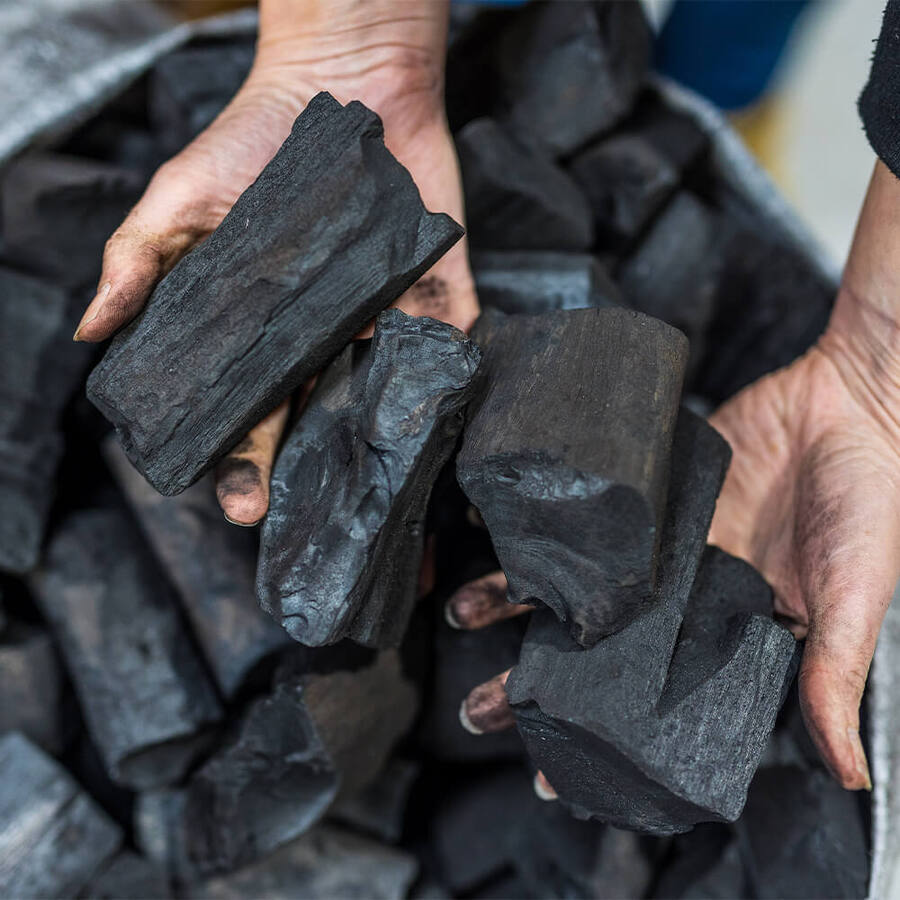
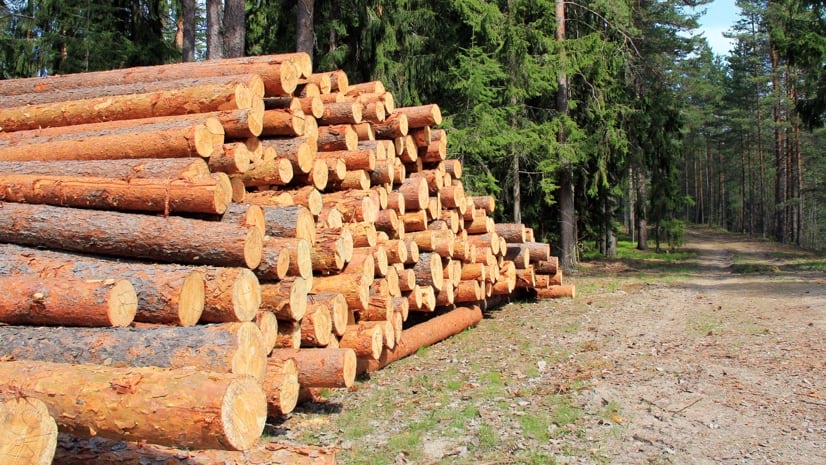
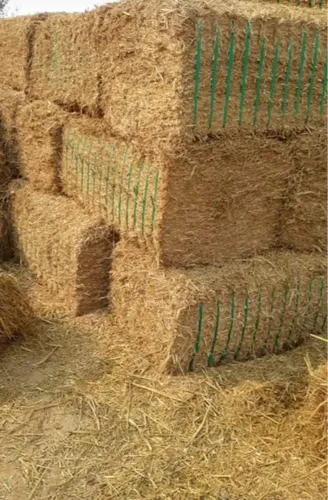
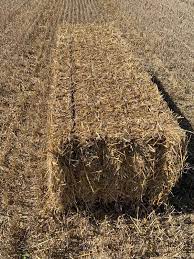
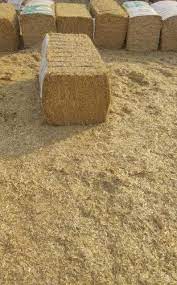

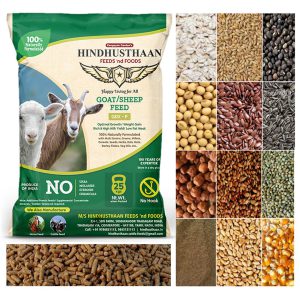
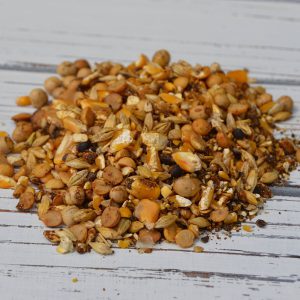
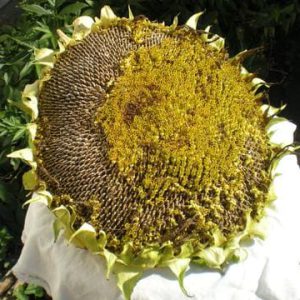
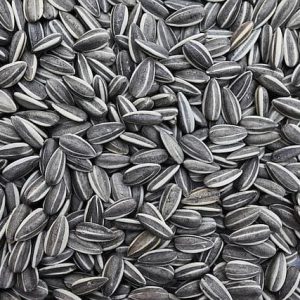
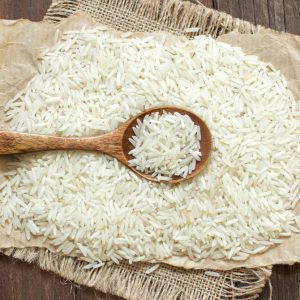
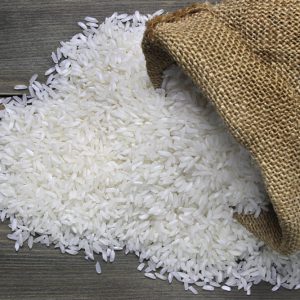

Reviews
There are no reviews yet.